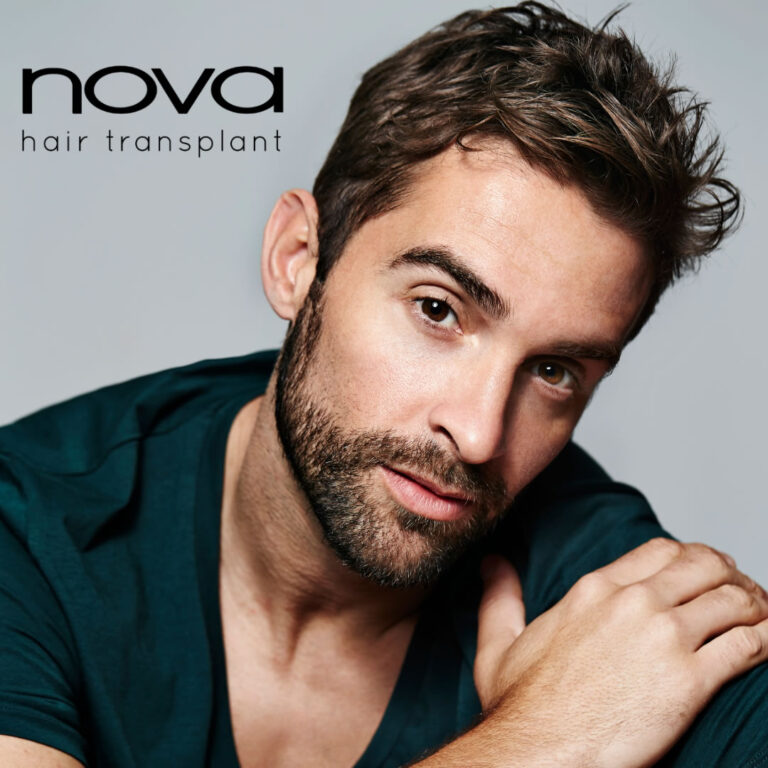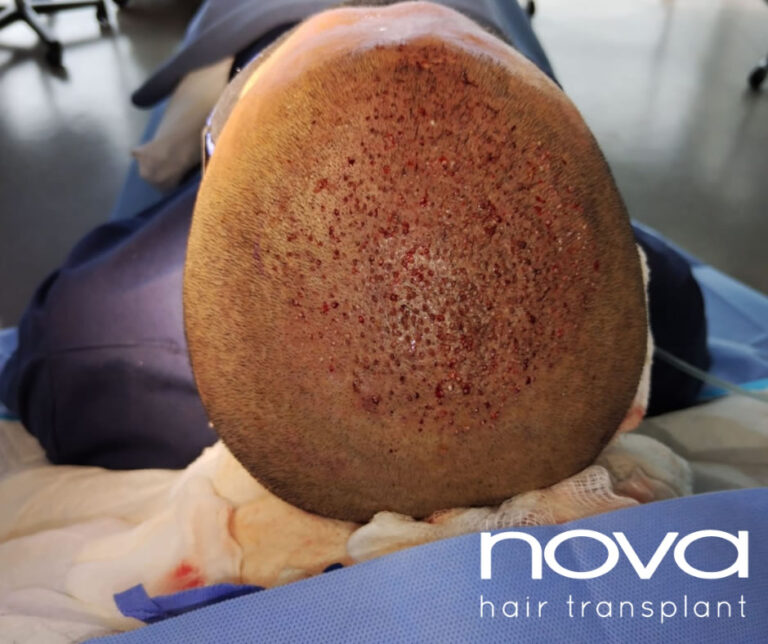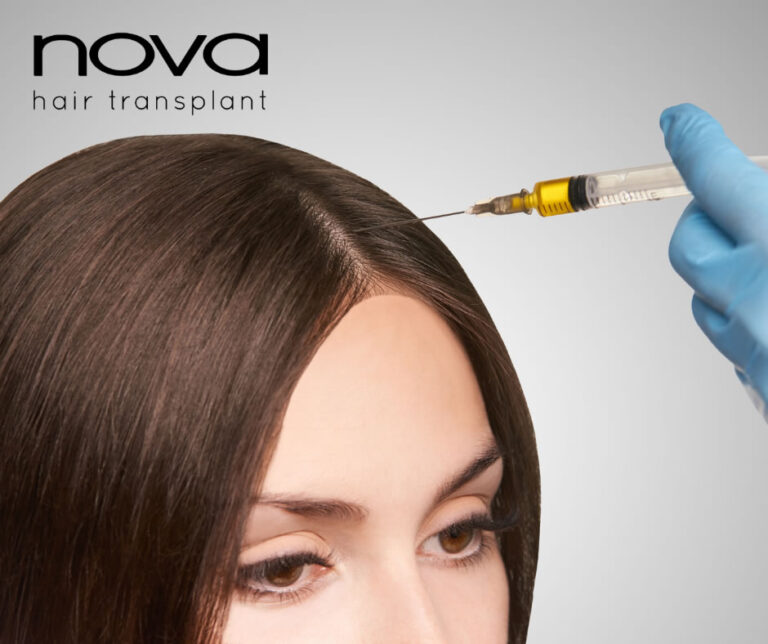Similar Posts

Stem Cells: A Revolution in Hair Restoration
Stem Cells: A Revolution in Hair Restoration Hair loss is a common concern affecting both men and women. In the search for effective solutions, regenerative medicine has opened new doors with the use of stem cells. These innovative treatments have proven to be a promising option for stimulating hair growth and strengthening weakened follicles.What are…
Ten celebrities with hair restoration
While hair transplantation may bring a lot of relief to the millions of hair loss sufferers, it will bring a lot of difference into the lives of celebrities – who are always in the limelight and amidst thousands of fan following. Being one of the most popular and effective techniques of hair restoration, many people…

Hair transplantation
Hair transplantation Did you know that hair transplantation not only offers a noticeable image improvement, but also has a hugely positive impact on mental health and emotional well-being? That is why it is important to look for safe alternatives that offer lasting changes.

Minoxidil a medication to treat hair loss
Minoxidil a medication to treat hair loss Minoxidil is a medication primarily used to treat hair loss. It’s available over-the-counter in liquid or foam form and is applied directly to the scalp. It is mainly used for treating androgenetic alopecia (male or female pattern baldness). It’s more effective in people with recent hair loss and…
10 Hair Loss Stats You Didn’t Know
HAIR LOSS IS A SUBJECT THAT’S SURROUNDED BY MYTHS AND HALF-TRUTHS. THIS BEING THE CASE, SOME SOLID STATS ARE ALWAYS WELCOME. BELOW ARE 10 HAIR LOSS STATS THAT YOU PROBABLY DIDN’T KNOW. 1. 60% OF MEN CAN’T SPOT A HAIR TRANSPLANT There was a time when hair transplants were viewed as a last desperate measure…

Benefits of FUE hair transplant
Hair transplantation Benefits of FUE hair transplant:1. Quicker recovery time.2. Minimally invasive.3. Minimal and barely visible scarring.4. Better results with healthier hair.5. This procedure is practically painless.

